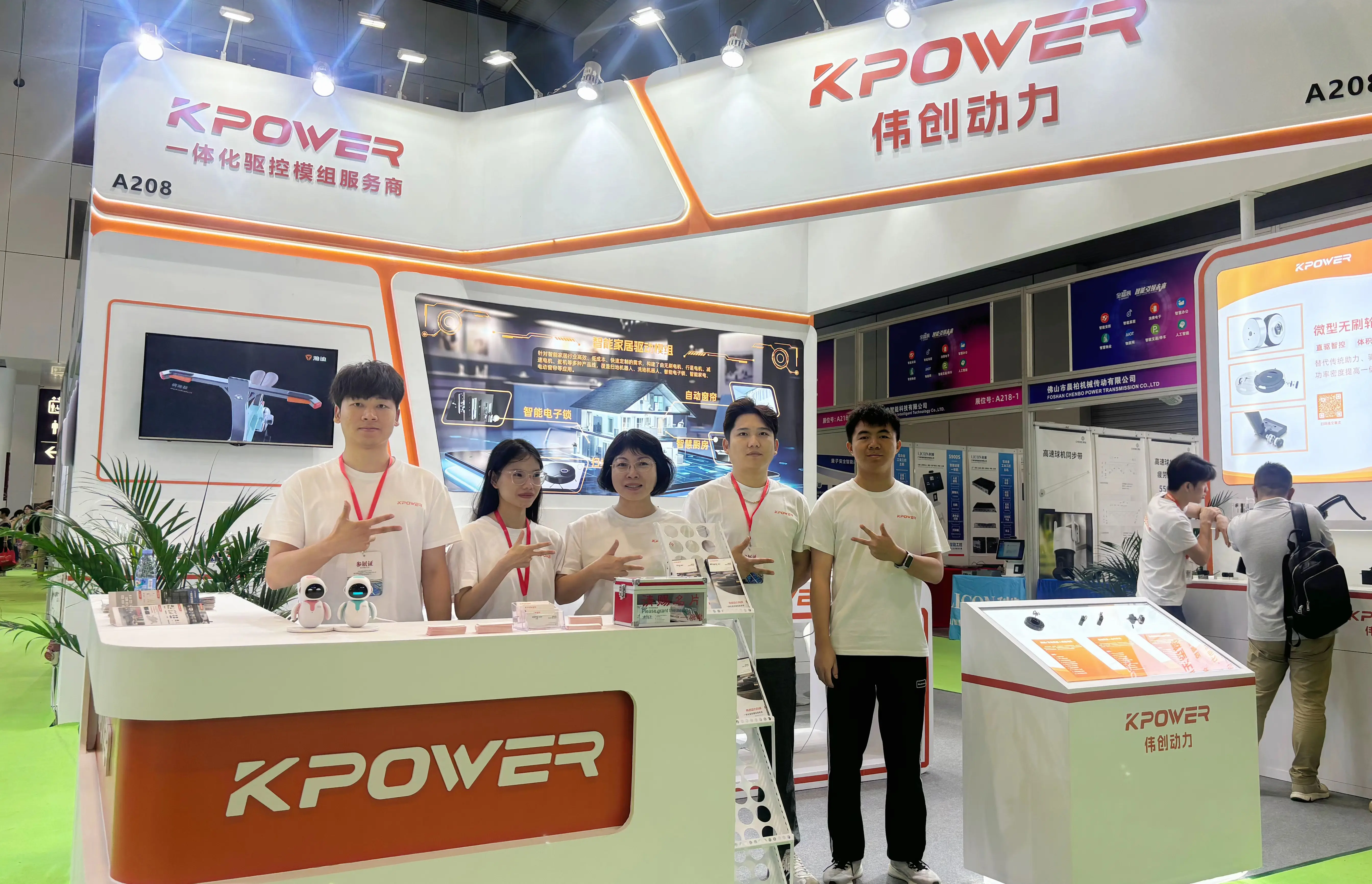When it comes to developing modern software, two concepts often pop up: web applications and microservices. While both are designed to create powerful, user-friendly digital experiences, they operate differently. Let’s break it down and see how they stack up against each other.

Web Applications: The One-Stop Shop
Web applications are like the Swiss Army knife of the internet. Everything you need is packed into one application, making it easier for users to access and interact with. Think of web applications as a single, integrated system where every feature works together in harmony. From e-commerce platforms to social media sites, web apps are the backbone of online experiences. They are typically designed to provide an all-in-one solution, with everything tightly coupled—meaning updates, bug fixes, and changes happen in one place.
For example, take a shopping website. The login system, product catalog, checkout process, and payment gateway are all part of the same app. They work together seamlessly, but if you want to update one part (say, the payment system), you’ll need to adjust the whole thing. This can be a bit cumbersome, but it’s manageable if you’re dealing with smaller-scale operations.
Microservices: The Power of Independence
Enter microservices—a game-changer when it comes to scaling. Imagine breaking down a massive web application into smaller, self-contained pieces. Each microservice handles one specific function, like user authentication, product listings, or order processing. These services can communicate with each other but are otherwise independent. This means you can update, scale, or even replace parts of the system without affecting the entire thing.
For example, in an e-commerce platform, the order service could be updated without touching the user profile service or the payment gateway. If one service crashes, it doesn’t bring down the whole platform. Microservices are perfect for businesses that need flexibility and scalability. But they come with their own set of challenges, like managing multiple services, ensuring they communicate properly, and handling more complex infrastructure.
Which One Should You Choose?
You might be wondering, “Okay, but which one is right for me?” It depends on what you need. If you're running a small to medium-sized business and need something quick and easy to manage, a web application might be all you need. It’s straightforward and less complex to maintain.
However, if your business is growing, or if you anticipate needing to scale quickly, microservices could be the way to go. They allow you to make changes without disrupting the entire system, and each service can be updated independently.
Key Differences You Need to Know
The main difference between web applications and microservices boils down to flexibility and scalability. Web apps are great for simple, one-stop solutions, but they can become cumbersome as your business grows. Microservices, on the other hand, allow for more control and scalability, but they require more resources and expertise to manage.
If your goal is long-term growth, flexibility, and the ability to pivot quickly as your business needs change, microservices offer that flexibility. But if you're looking for something simpler to get started, a web app might be the more straightforward choice.
In the end, the right choice depends on your specific goals and where you see your business heading. Choose wisely, and you’ll be on your way to building a system that’s not only powerful but also scalable enough to grow with your needs.
Established in 2005, Kpower has been dedicated to a professional compact motion unit manufacturer, headquartered in Dongguan, Guangdong Province, China. Leveraging innovations in modular drive technology, Kpower integrates high-performance motors, precision reducers, and multi-protocol control systems to provide efficient and customized smart drive system solutions. Kpower has delivered professional drive system solutions to over 500 enterprise clients globally with products covering various fields such as Smart Home Systems, Automatic Electronics, Robotics, Precision Agriculture, Drones, and Industrial Automation.




































